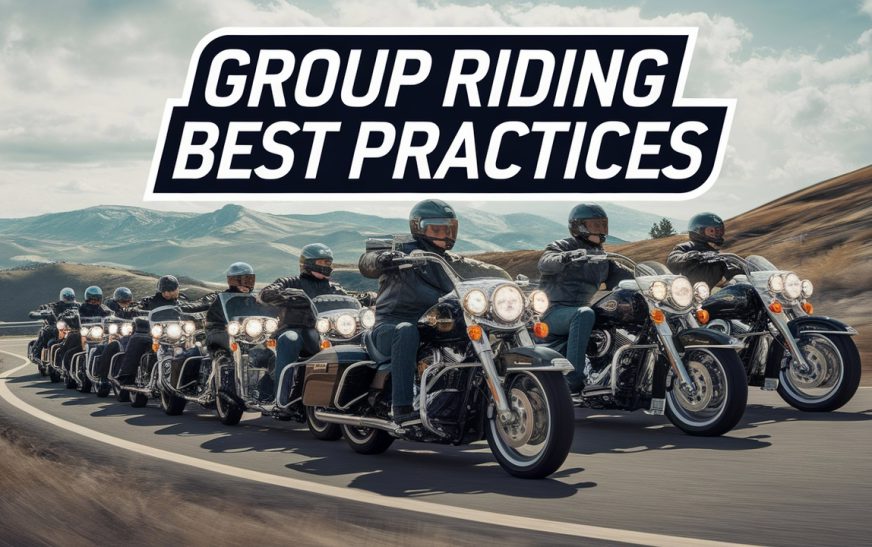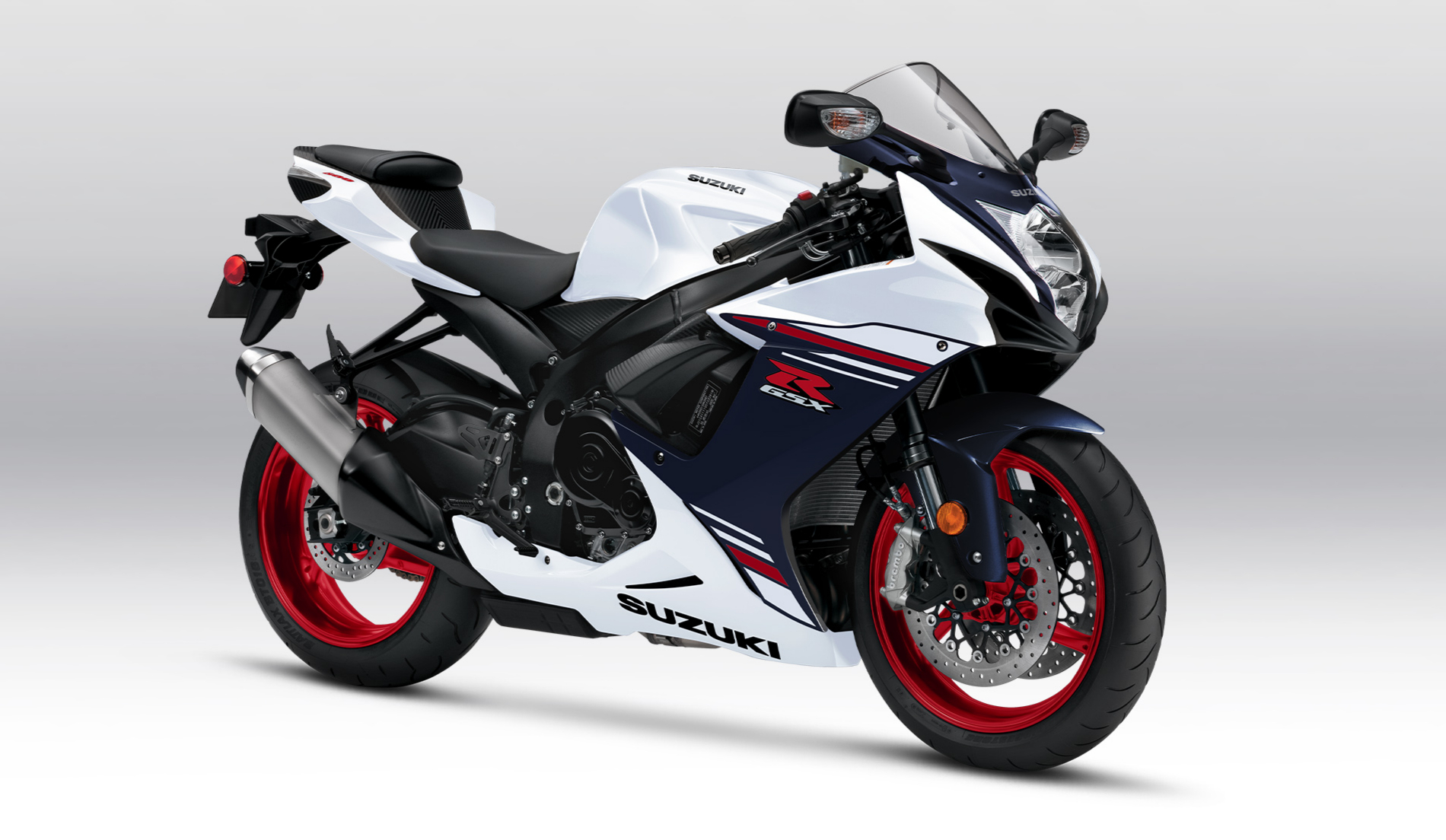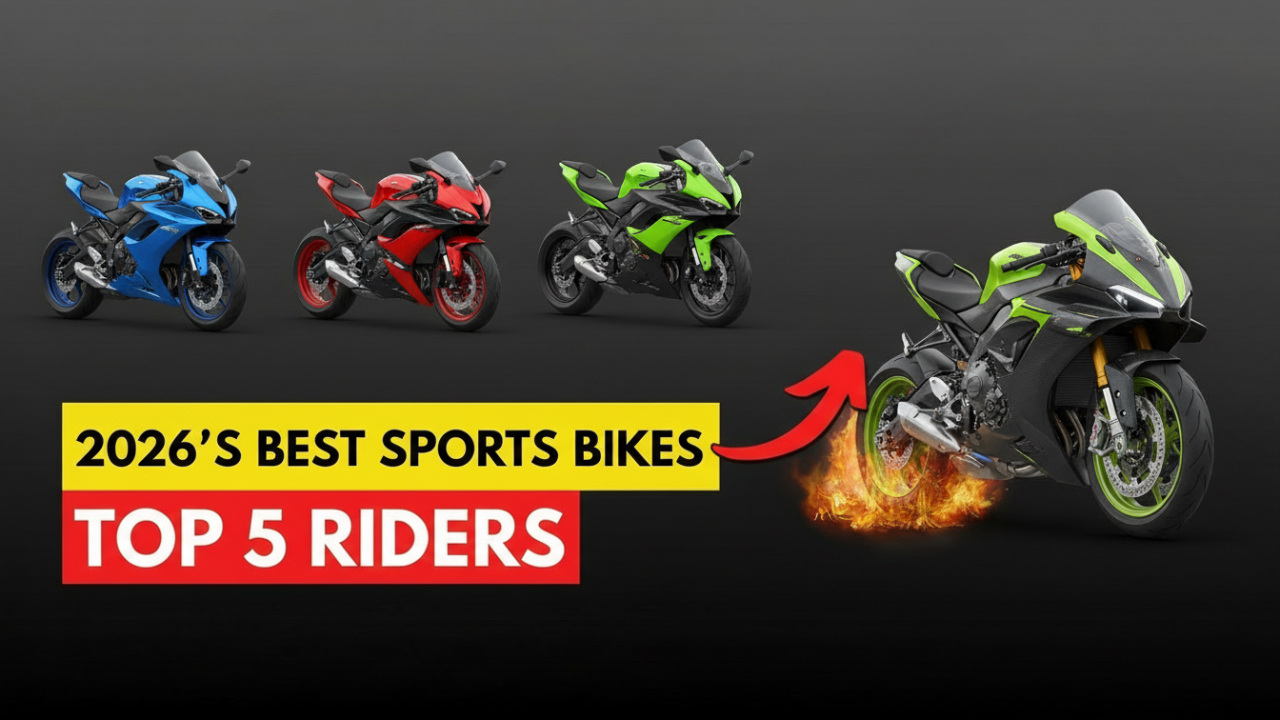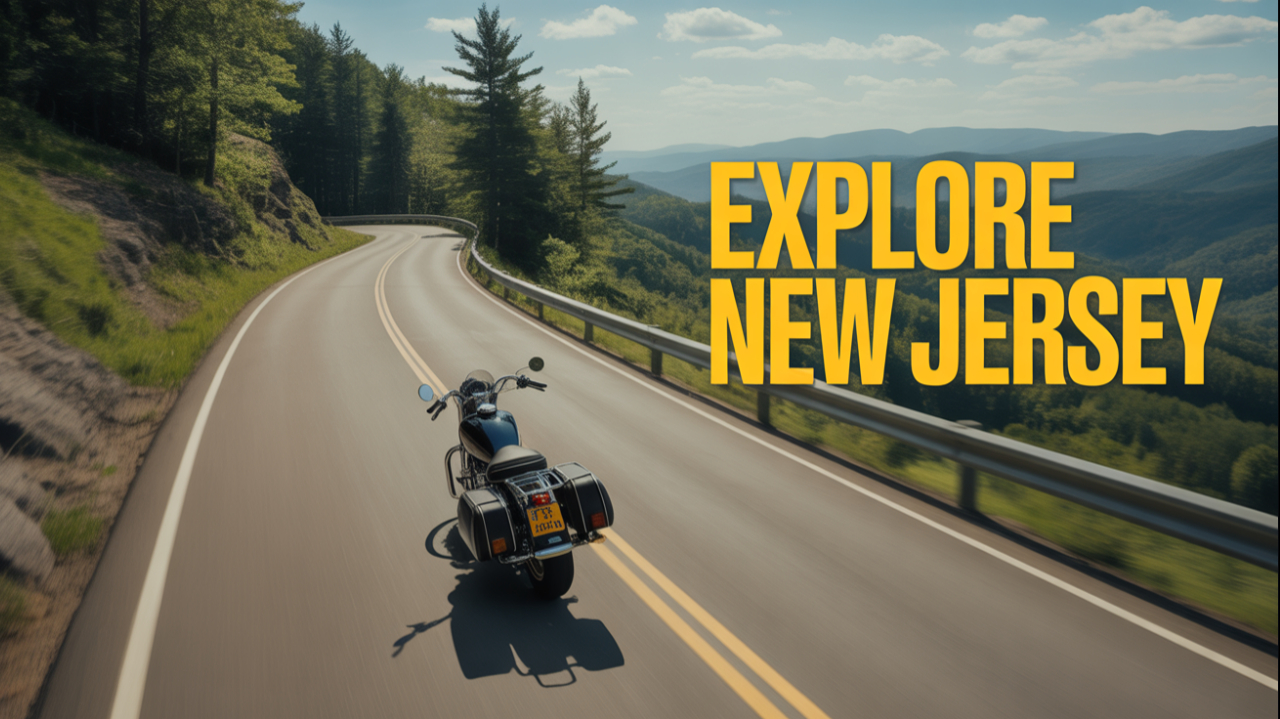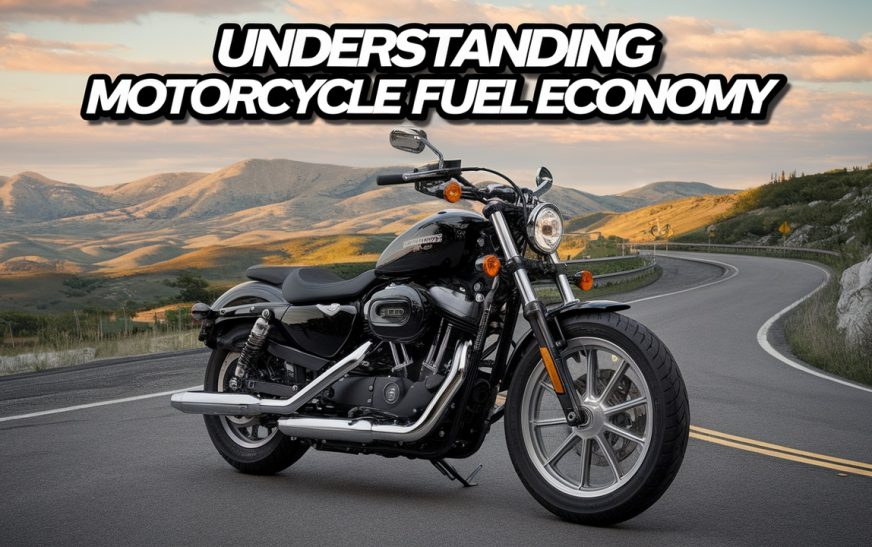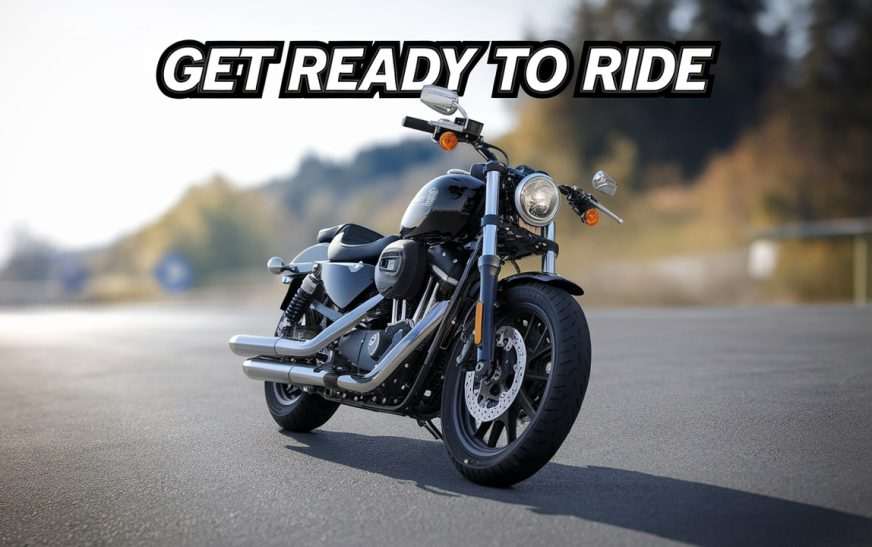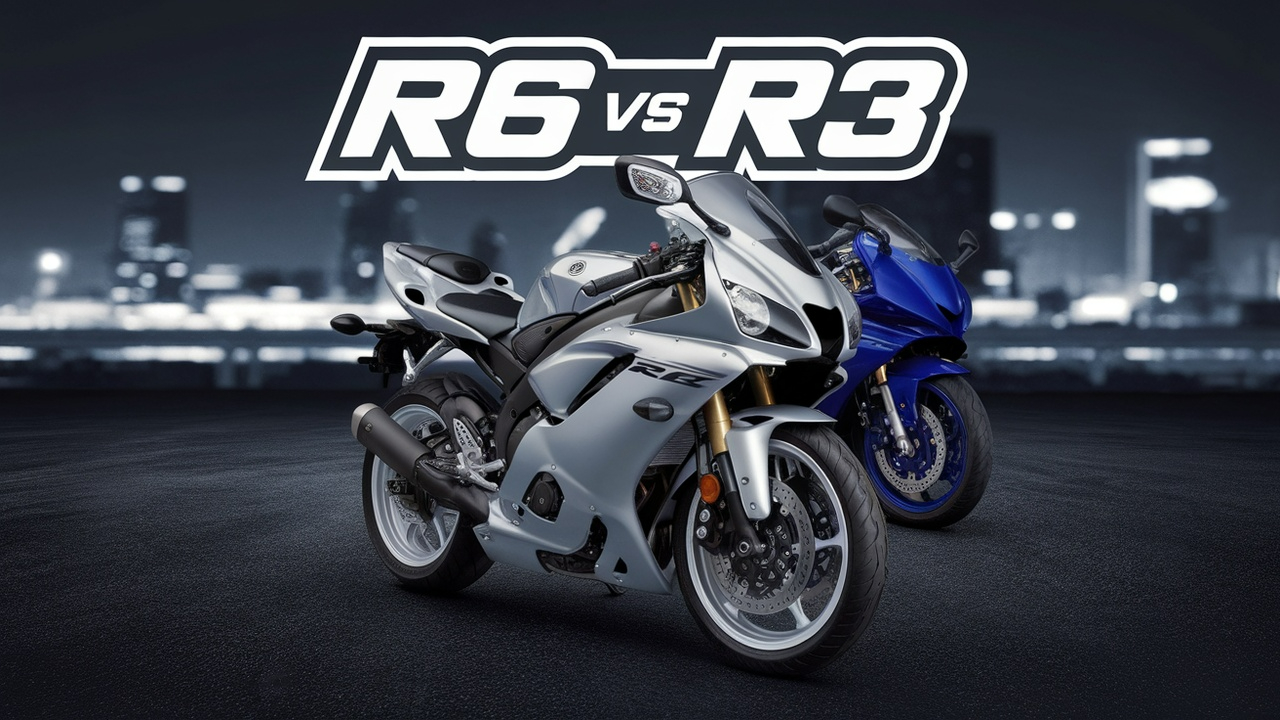Riding in Groups
Motorcycling is often seen as a solitary activity—just you, your bike, and the open road. However, many riders enjoy the camaraderie and thrill that come with riding in groups. Whether you’re out on a weekend ride with friends, participating in charity rides, or joining a large motorcycle rally, group riding can be an incredible experience that amplifies the sense of adventure. However, just like any other social activity, group riding comes with a set of rules and etiquette that ensure everyone’s safety and enjoyment.
Riding in groups, while exhilarating, requires a different set of skills, communication techniques, and mindset compared to solo riding. The dynamics of a group ride are more complex, as you are not just responsible for your own actions, but also for maintaining coordination with others. In this blog, we’ll explore the essential do’s and don’ts of group riding, helping you stay safe, be courteous, and make the most out of every group ride experience.
The Do’s of Group Riding
1. Do Ride Defensively
When you’re riding in a group, it’s easy to get swept up in the excitement. However, it’s important to always ride defensively. Group rides often involve a mix of different skill levels, and even experienced riders can make mistakes. Riding defensively means staying alert and anticipating potential hazards on the road. Always keep an eye on the road conditions, other riders, and traffic around you. This way, you can avoid situations that could lead to accidents or surprises.
Additionally, it’s crucial to maintain a safe distance between yourself and the rider ahead of you. This allows you more time to react if something unexpected happens, whether it’s a sudden stop, an obstacle on the road, or a rider in distress.
2. Do Follow the Leader (or Ride Leader’s Instructions)
Group rides typically have a designated leader or ride captain who is responsible for setting the pace, navigating, and making important decisions for the group. It’s vital to follow the leader’s lead, especially when it comes to their riding pace. The ride leader will usually go at a speed that accommodates the group’s overall experience level, and any sudden changes in speed or direction can disrupt the flow of the group.
If you’re a new rider, it’s especially important to follow the leader’s signals and instructions. Don’t try to pass the leader or make your own decisions about the route unless you’re instructed to do so. Trust in the leader’s experience and respect the structure of the ride to keep everything running smoothly.
3. Do Communicate with Hand Signals
Communication is key when riding in a group. Since riders can’t talk to each other while on the move, hand signals are the universal method of communication. Whether you’re alerting the group to a hazard ahead, signaling a lane change, or letting others know that you’re stopping, hand signals are essential for keeping the group organized and safe.
Make sure you’re familiar with the basic hand signals used by motorcyclists, such as:
- Left turn: Left arm straight out.
- Right turn: Left arm bent at a 90-degree angle with the hand pointing upward.
- Stop: Left arm bent downward at a 90-degree angle.
- Hazard: Left arm pointing downward with the hand open.
These hand signals help convey important information to the rest of the group, and it’s your responsibility to use them appropriately to keep everyone informed.
4. Do Maintain Your Position in the Group
In group riding, maintaining your position in the formation is important for both safety and cohesion. Typically, groups ride in staggered formation, which means there’s space between riders both side-by-side and front-to-back. This allows each rider to have a clear line of sight, keeps the group more organized, and provides space for maneuvering if necessary.
Make sure to ride in your designated position in the formation. If you’re positioned in the front or back, avoid speeding up or slowing down drastically, as this can affect the flow of the group. If you’re in the middle of the group, try to maintain the pace without weaving in and out of riders. Consistency in your position and speed helps everyone ride safely.
5. Do Stay Aware of Your Surroundings
While group riding can be social and fun, it still requires all the attention and focus of solo riding. Always remain aware of your surroundings, and make sure you know what’s happening ahead of you, behind you, and beside you. Group rides can bring a lot of distractions, like chatting with other riders or checking your mirrors for too long, but staying alert is key to staying safe.
Pay attention to the vehicles around you, the road conditions, and any signs or signals from your fellow riders. If something changes, such as the road suddenly narrowing or an obstacle appearing, make sure the entire group is aware of the new situation.
The Don’ts of Group Riding
1. Don’t Ride Too Close to the Rider Ahead
Tailgating is dangerous, regardless of whether you’re riding solo or in a group. In group riding, maintaining a safe distance between you and the rider in front of you is crucial. This distance should be large enough to give you time to react if the rider in front suddenly stops or swerves.
Riding too close to the rider ahead not only makes you more vulnerable in case of an emergency, but it also puts pressure on the rider in front of you. If the rider ahead feels like they’re being followed too closely, they may feel uncomfortable or distracted. Always keep a safe gap between yourself and the rider in front, typically at least one or two seconds, depending on the speed and road conditions.
2. Don’t Pass the Leader Without Permission
One of the most important rules of group riding is not to pass the leader unless they signal or give permission. The ride leader is there to control the pace and keep the group on track, so passing them without clear permission can disrupt the flow of the ride. It may also create confusion or potential hazards if other riders start following you or trying to pass as well.
If you feel like the pace is too slow or need to take a break, it’s best to communicate with the leader and ask for their approval before making any moves. Riding in a group is about teamwork and maintaining cohesion, and breaking that cohesion can lead to disorganization and potential safety issues.
3. Don’t Speed or Try to Show Off
Group rides are about enjoying the experience together, not racing or showing off. Avoid speeding or trying to outpace other riders in the group. Remember that motorcycles are not just about speed; they’re about control and balance. Riding too fast in a group can put you and everyone around you in danger.
If you feel the need for speed, it’s best to take a solo ride or join a track day where it’s safe to test your limits. In a group ride, focus on maintaining a smooth, steady pace that everyone can handle.
4. Don’t Ride Aggressively or Make Sudden Movements
Aggressive riding, such as weaving between lanes or making sudden, jerky movements, can destabilize the entire group. Every rider in the group needs to be predictable in their actions to maintain safety. Sudden moves or erratic behavior could lead to collisions or cause confusion among other riders.
Smooth, controlled riding is always the best approach in group rides. If you need to make a move, such as changing lanes or passing another rider, do so calmly and with enough space to avoid startling anyone. If you make a mistake, don’t panic—stay calm and correct your actions without disrupting the group.
5. Don’t Ignore the Rider Behind You
While much of the focus in group riding is on the riders in front of you, it’s just as important to keep an eye on the rider behind you. Ensure they are keeping up with the group, and be aware if they seem to be struggling or lagging behind. If you notice that the rider behind you is falling behind or encountering issues, signal to the leader to stop and check in with them.
In group riding, communication is a two-way street, and you should always look out for the riders in your pack. Don’t leave them behind or continue riding as though they’re not there.
Group Riding Etiquette Can Make or Break the Experience
Riding in groups can be one of the most enjoyable experiences for a motorcyclist. It’s a chance to bond with fellow riders, explore new places, and create lasting memories. However, group riding requires discipline, respect, and an understanding of the basic rules and etiquette that ensure everyone’s safety and enjoyment.
By following the do’s and don’ts of group riding, you can contribute to a smooth and enjoyable experience for yourself and your fellow riders. Respect the ride leader’s instructions, communicate effectively using hand signals, maintain a safe distance, and always ride defensively. With the right mindset and behavior, group rides can be an unforgettable experience that deepens your love for motorcycling and builds a stronger sense of community among riders.
Are you curious if the Yamaha R3 can outperform the R6? Please click here for further information.

